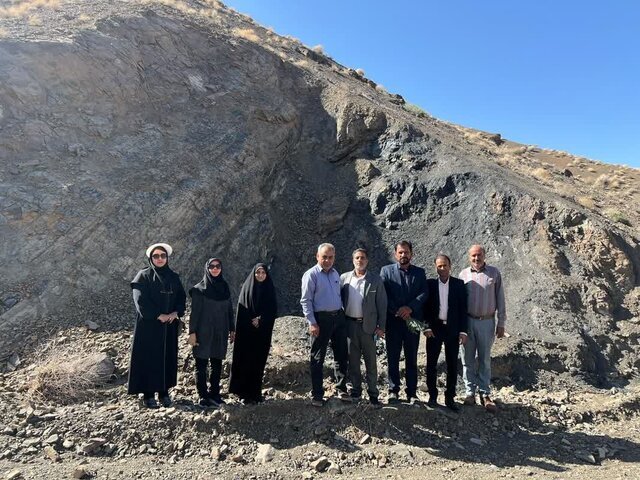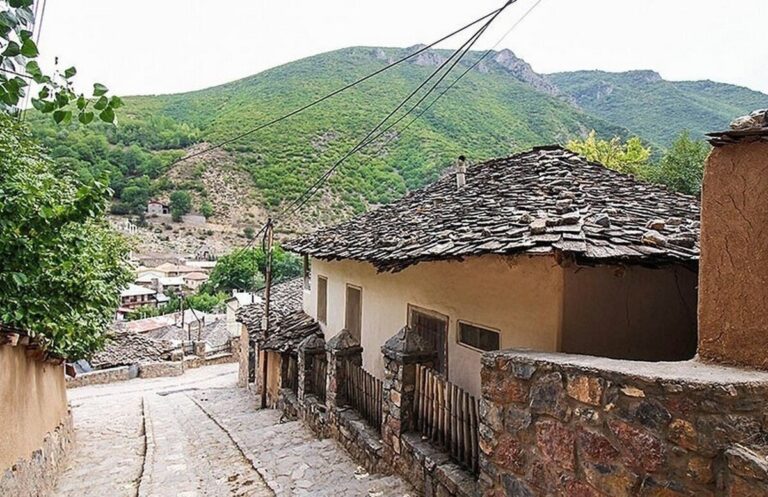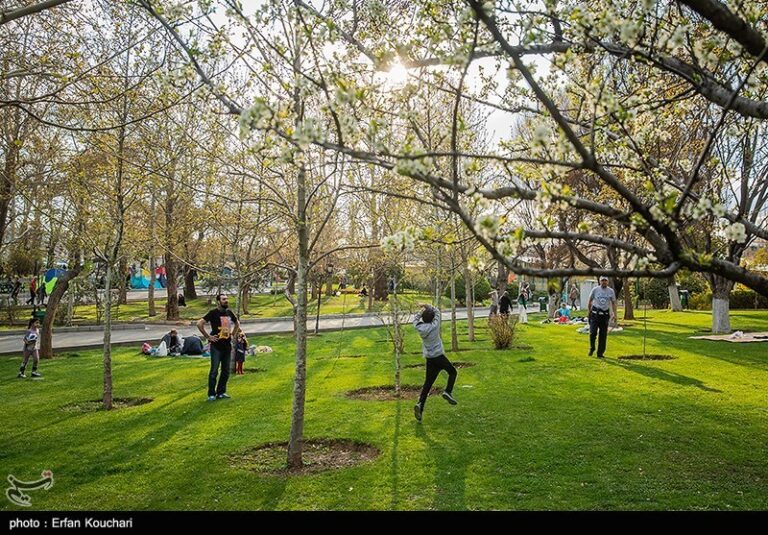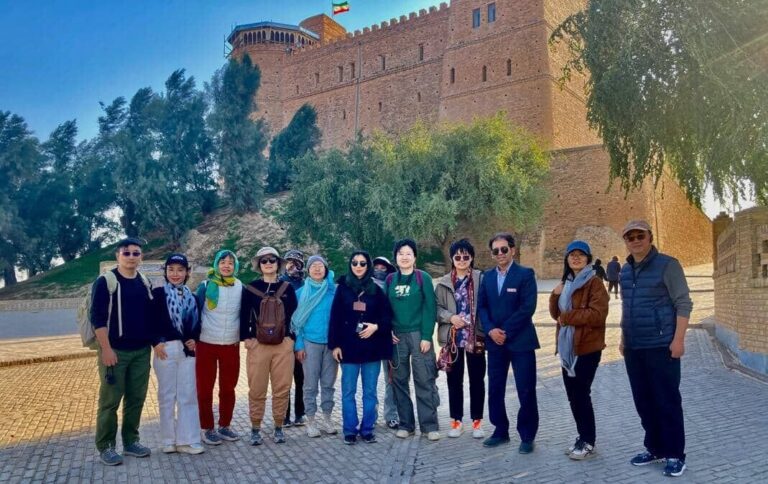Zarand’s Dinosaur Footprint: A New Must-See Tourist Attraction in the County!
Discovering a dinosaur footprint in the Deh-Alireza region of Dashtkhak, located in northern Zarand county of Iran’s Kerman province, is making headlines as one of the most significant emerging tourist attractions in the area. This remarkable find has drawn attention from local heritage and academic officials, who see great potential for tourism development.
On Saturday, an important visit was made by Mohammad Eslami, the head of the Zarand Cultural Heritage, Tourism and Handicrafts Department, alongside university leaders from the region. Their goal was to evaluate the scientific significance of the ancient footprint and its potential to boost sustainable tourism.
“This dinosaur footprint is not only a treasured historical and scientific discovery, but it also holds great potential to become a unique tourist destination,” Eslami stated. He emphasized that the discovery of such prehistoric evidence could foster the growth of scientific tourism and provide deeper insights into the geological and environmental history of the region.
Eslami also pointed out that immediate efforts to protect the site and develop it for tourism would commence. This initiative is part of broader plans aimed at conserving Zarand’s natural heritage while promoting responsible visitation.
Samanbar Mirzaei, the president of Islamic Azad University of Zarand, participated in the visit and underscored the academic significance of the discovery. “This site presents new opportunities for research and education in the field of paleontology. It can enrich the curriculum for students and serve as a foundation for further scientific exploration,” he noted.
During the visit, local officials and tourism stakeholders engaged in discussions about organizing educational and scientific tours. They emphasized that developing the necessary infrastructure to support tourism at the site is a key priority.
According to reports from ISNA, this discovery builds upon earlier work from the summer of 2002, when a joint Iranian-Brazilian research team unearthed skeletal remains of dinosaurs in the Neizar Valley near Deh-Alireza village. These findings included a theropod dinosaur tooth and several unidentified bone fragments from the surrounding areas.
The newly discovered footprint is believed to belong to a herbivorous dinosaur that lived approximately 180 million years ago during the Jurassic period. The track is embedded on a sloped rock surface, although part of it has been damaged due to neglect.
These findings have confirmed that both carnivorous and herbivorous dinosaurs once inhabited the region now known as Zarand, as reported by local news sources.
Kerman province has a rich cultural heritage that dates back to ancient times, serving as a melting pot where Persians and subcontinental tribe dwellers have coexisted. The province is home to numerous historical sites and scenic landscapes, including:
- Bazaar-e Sartasari
- Jabalieh Dome
- Ganjali Khan Bathhouse
- Malek Jameh Mosque
- Shahdad Desert
The discovery of the dinosaur footprint not only enhances the scientific value of the Kerman province but also positions it as an emerging destination for tourists interested in paleontology and natural history. As local authorities work diligently to promote this site, it is expected to attract both domestic and international visitors, eager to explore the geological wonders that the region has to offer.
In conclusion, the Deh-Alireza dinosaur footprint stands as a testament to the ancient life that once thrived in this area. With ongoing efforts to protect and promote the site for tourism, Kerman province is poised to become an important hub for scientific tourism, offering a glimpse into the past while fostering educational opportunities for future generations.






